Since the changing of the year seems to be the time for lists, top ten lists, etc., I decided to compile mine about being creative whist producing cutting‐edge research. Not for the faint‐hearted! Here goes:
1. Be curious. Be a detective. Be ready to be surprised by answers you never expected. It should, in the end, be a good story that you can tell.
2. Insure that the method fits the question(s). This can often take some time. Be willing to investigate until you find the right method. This will save you a lot of grief later.
3. Explore methods. Combine them, expand them, reinvented them, but be prepared to then follow them.
4. If your research question is about people, find a way to really involve them in the process, not just answer some stupid questions.
5. Don’t panic if you method produces a lot of data. Swim in it. It’s fun and it is here that the surprises bubble up. Whatever you do, try to avoid reducing the amount of data by ‘categorizing’ it. (I detest little boxes.)
6. Think hard and long about how you want to share the results of your efforts. Text is only one of many possibilities. Really try to get your personal interests out of the way in this process and let the data lead you in selecting a format or art form.
7. Research is about discovery; Dissemination is about putting your findings into action. Ideally, we can be creative at both.
8. About half of your effort (and time) should be on producing the research, the other half on creating the outputs.
9. Creative outputs produce unexpected outcomes. Be willing to experiment, ‘go it alone’. ‘Doing’ and ‘making’ produce additional findings. Use them, they are rich and you’ve earned them.
10. Be willing to make 100 versions, then one more (Sister Corita Kent). It’s that last one that you will use.
Note: Remember, oh ye serious social scientists, that in Big Science, some of the greatest discoveries were made through mistakes and acknowledging the unexpected. Therefore:
Rule 11: Be curious about the history of your craft. Soak up as much as you can. It will both inspire and lead you.
This article by Kip Jones originally appeared on his
personal KIPWORLD blog and was then published by Creative Quarter and Social Science Space.
![]() Congratulations to Dr. Pramod Regmi, lecturer in International Health, whose article ‘Hazards of Beauty’ featured in Republica, a national daily newspaper published in English in Nepal. Many transgender people who are using hormones are mostly attracted by its short-term benefit of amplification in their feminine look and seem to be ignorant about its dark side. This newspaper article highlights the key issues of a recent paper in BMJ Open published by staff in the Faculty of Health & Social Sciences on transgender in Nepal [1].
Congratulations to Dr. Pramod Regmi, lecturer in International Health, whose article ‘Hazards of Beauty’ featured in Republica, a national daily newspaper published in English in Nepal. Many transgender people who are using hormones are mostly attracted by its short-term benefit of amplification in their feminine look and seem to be ignorant about its dark side. This newspaper article highlights the key issues of a recent paper in BMJ Open published by staff in the Faculty of Health & Social Sciences on transgender in Nepal [1]. 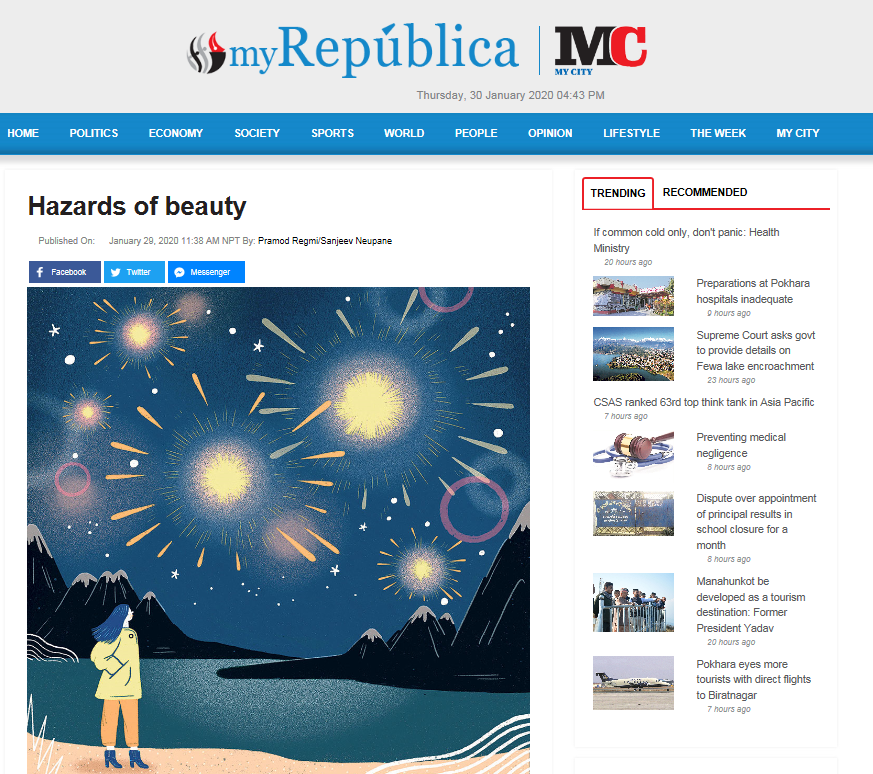

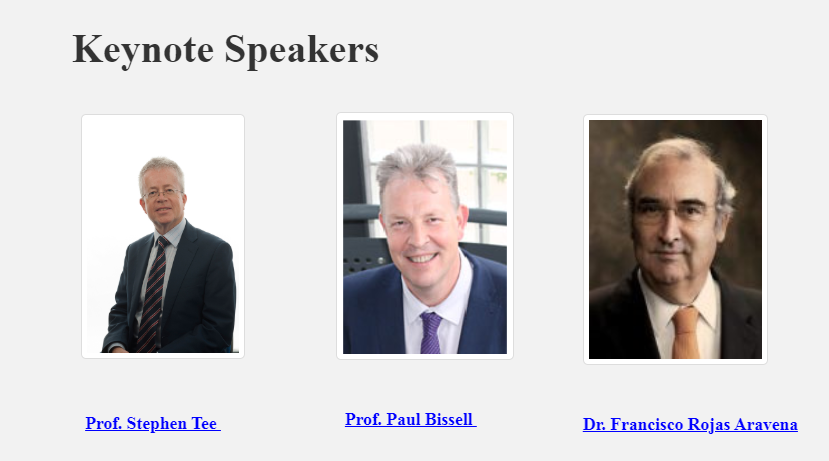
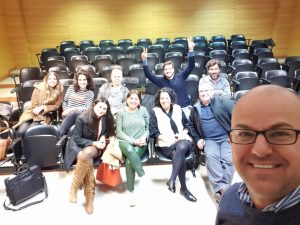
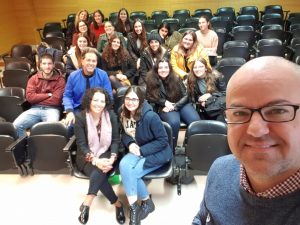
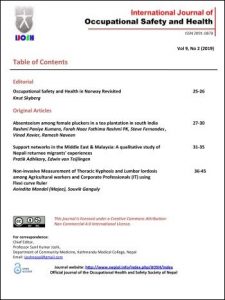
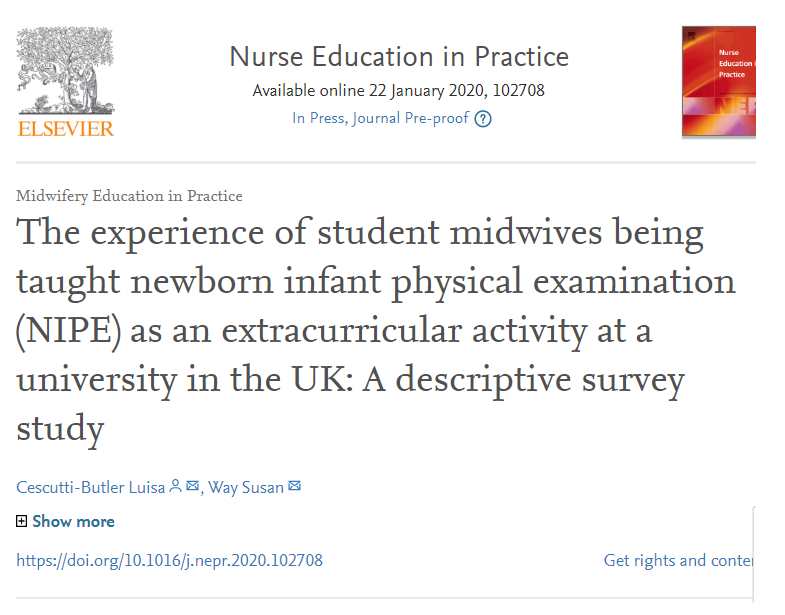
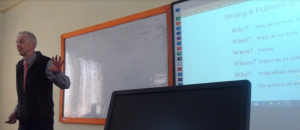

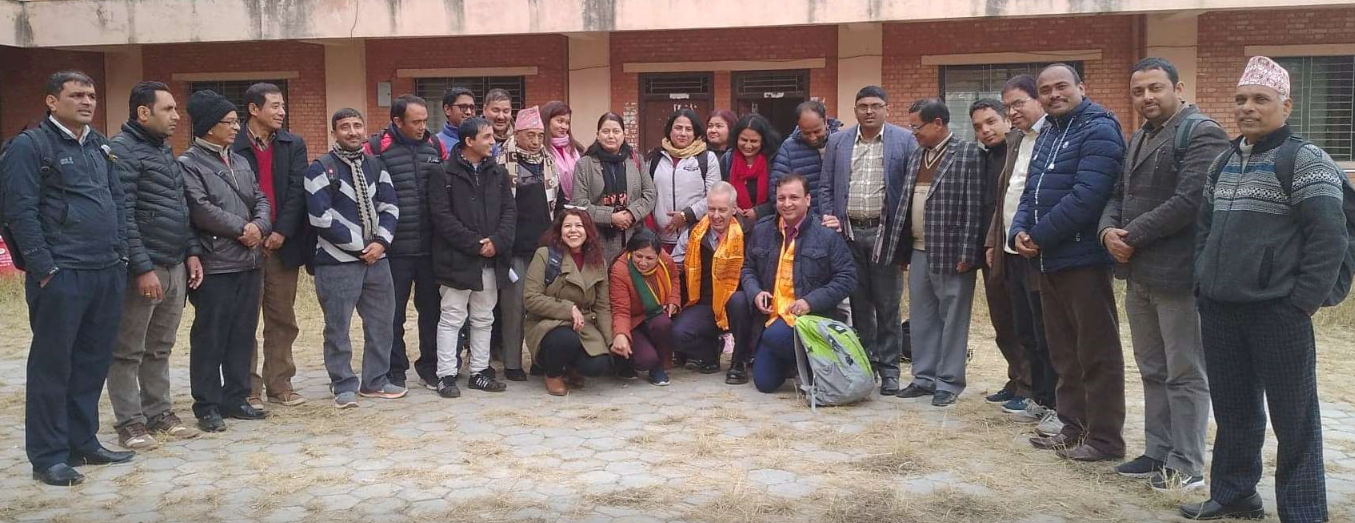


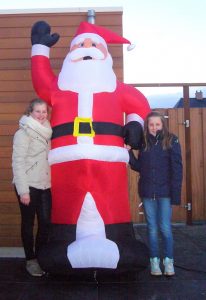

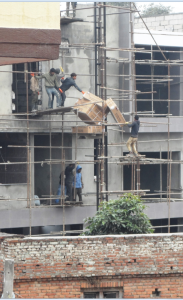
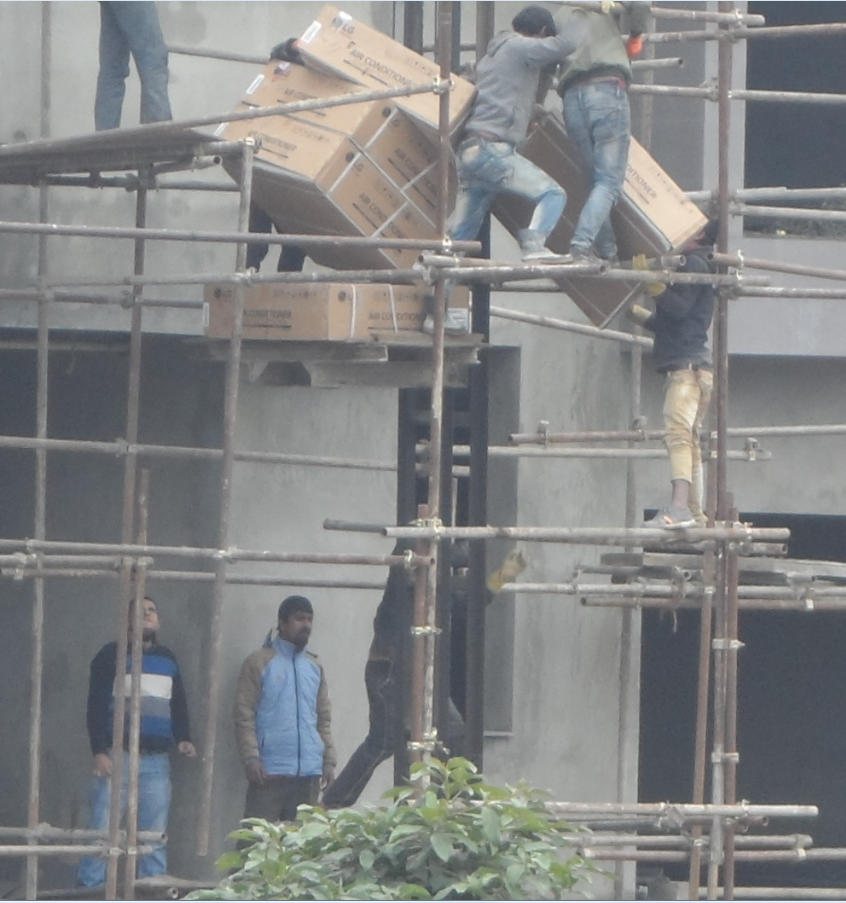
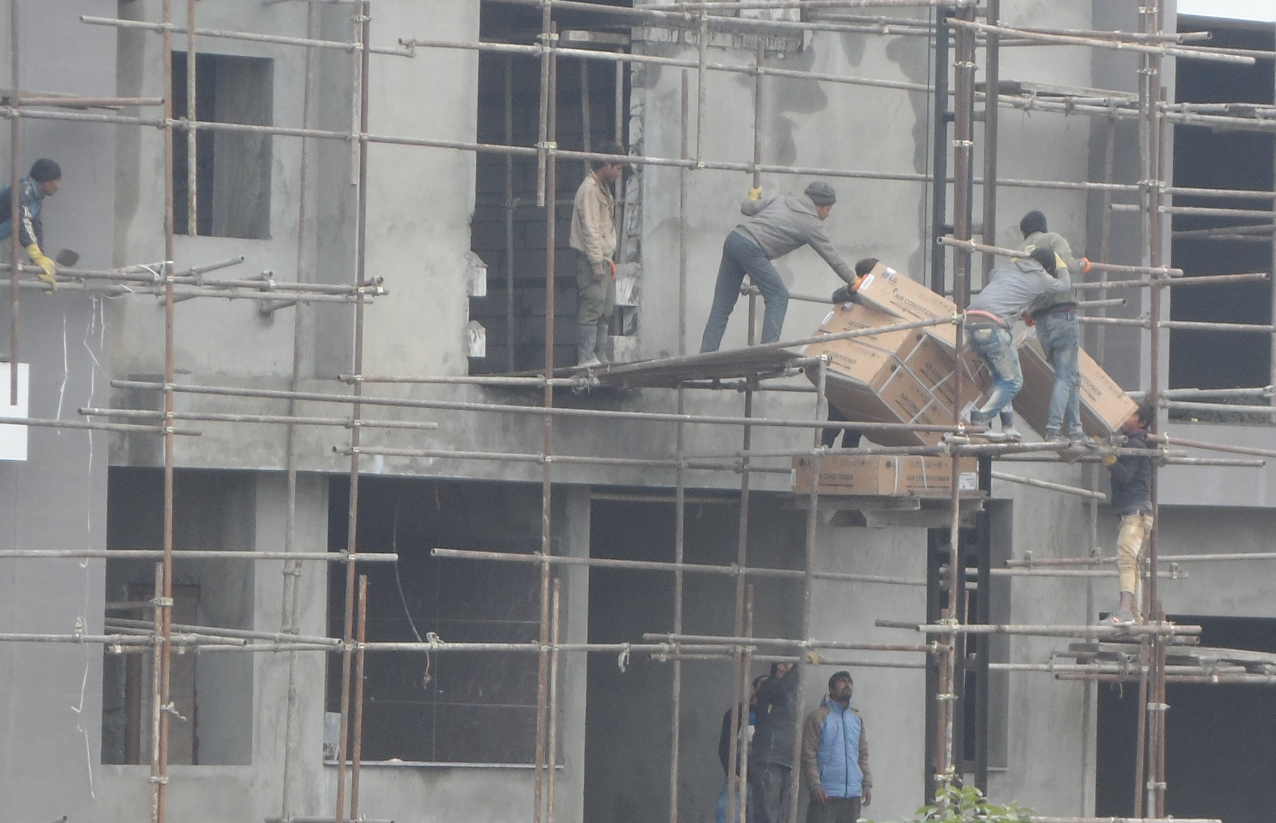
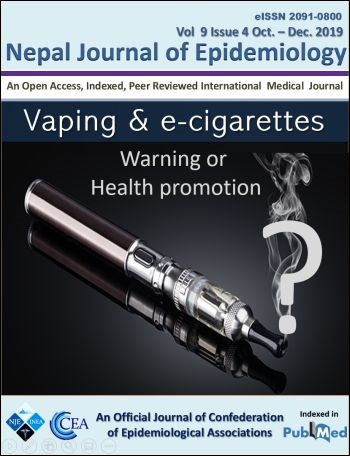
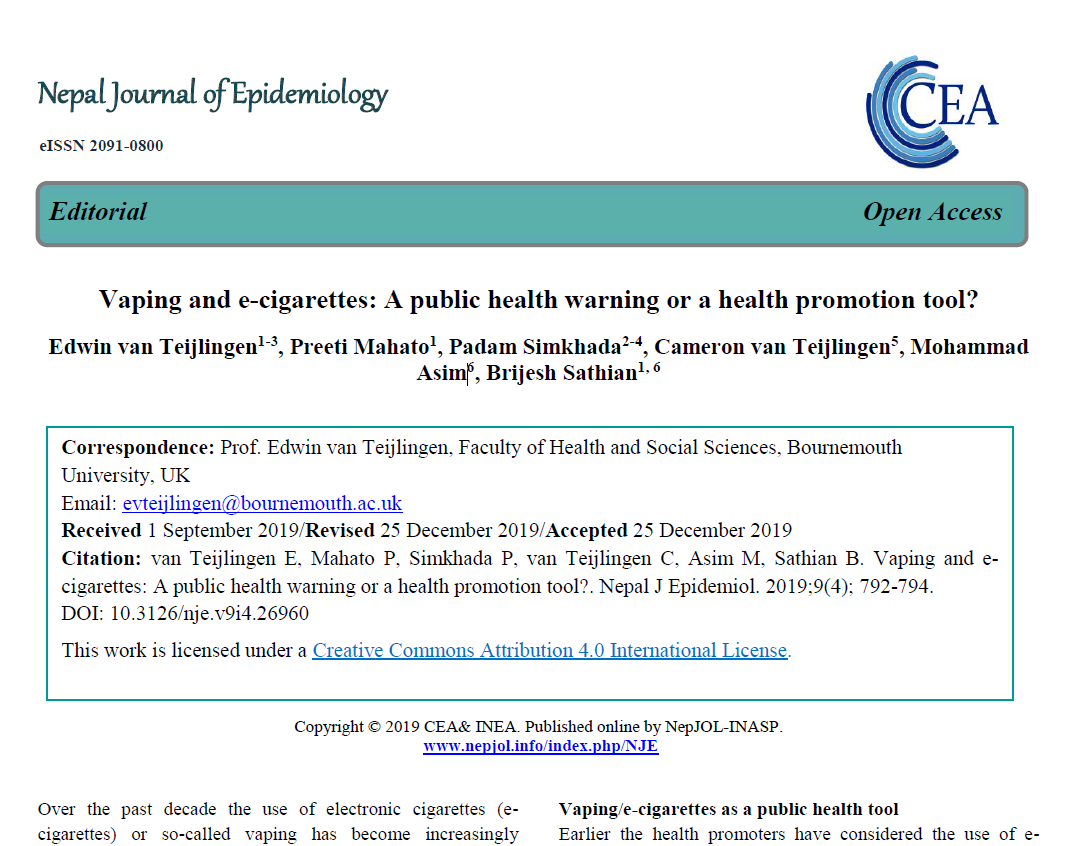
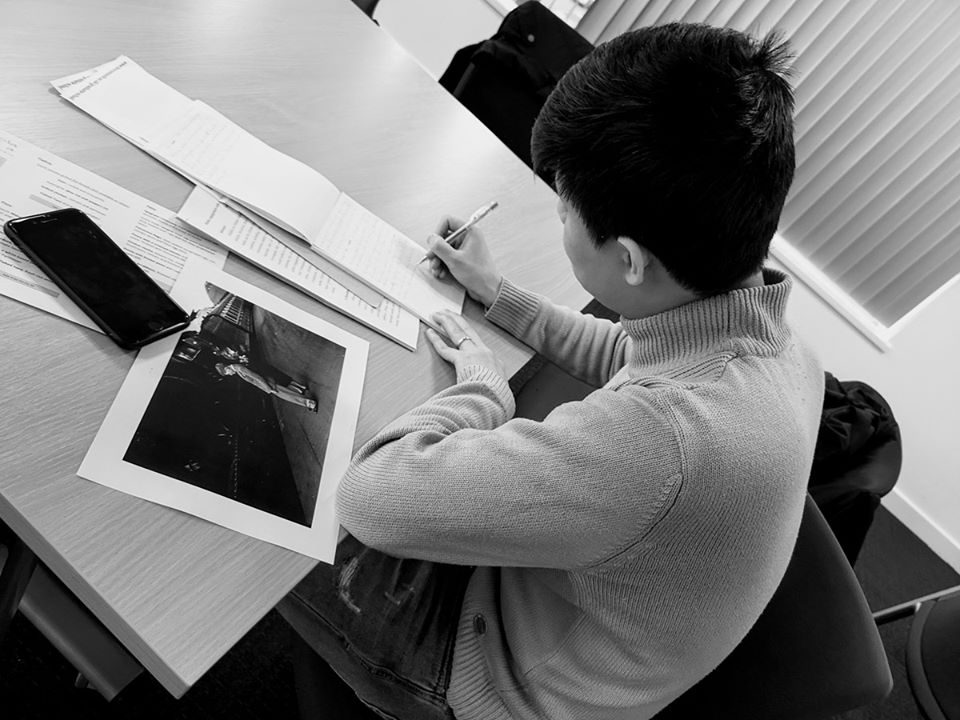
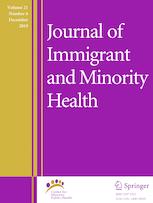
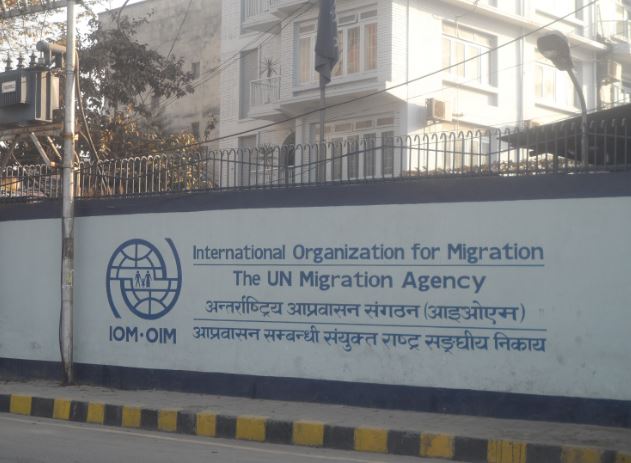
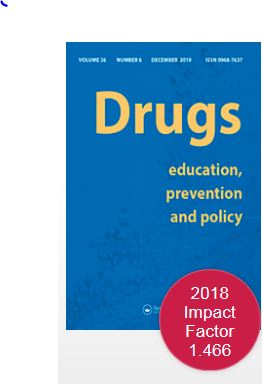
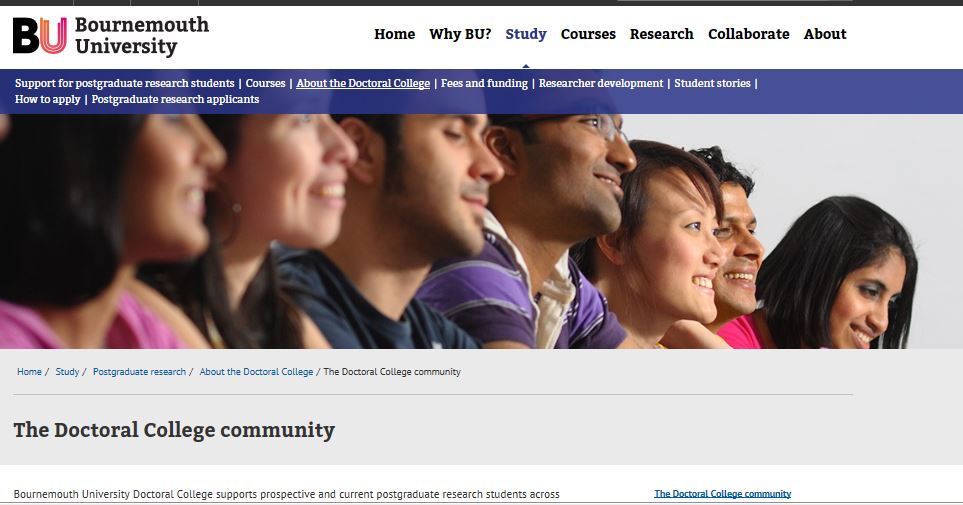
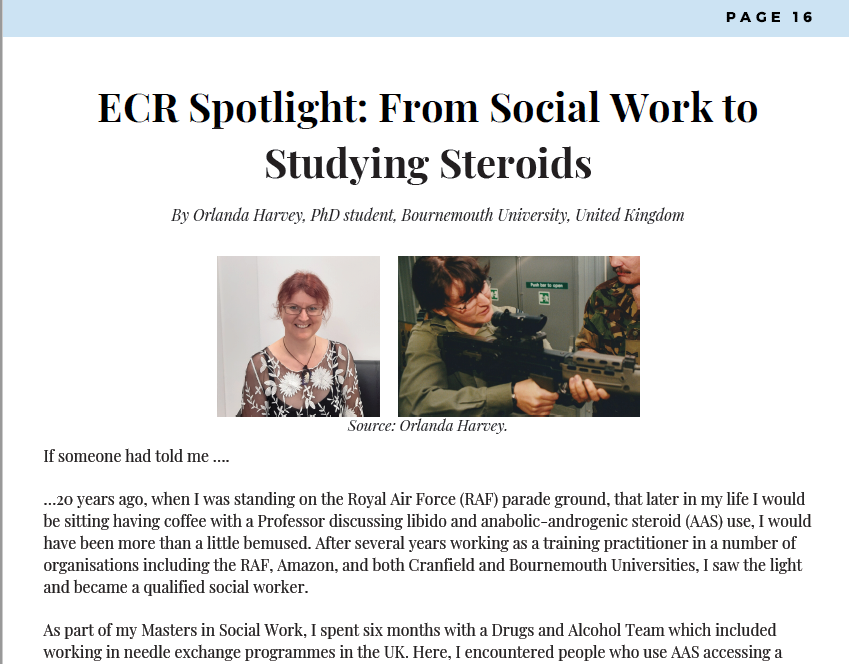











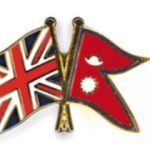 FHSS academics teaching in Nepal
FHSS academics teaching in Nepal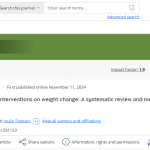 New weight change BU paper
New weight change BU paper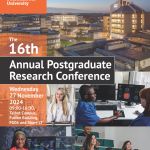 One week to go! | The 16th Annual Postgraduate Research Conference
One week to go! | The 16th Annual Postgraduate Research Conference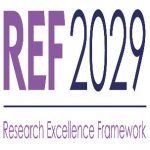 Geography and Environmental Studies academics – would you like to get more involved in preparing our next REF submission?
Geography and Environmental Studies academics – would you like to get more involved in preparing our next REF submission?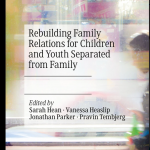 Congratulations to three former BU staff
Congratulations to three former BU staff MSCA Staff Exchanges 2024 Call – internal deadline
MSCA Staff Exchanges 2024 Call – internal deadline Applications are now open for 2025 ESRC Postdoctoral Fellowships!
Applications are now open for 2025 ESRC Postdoctoral Fellowships! Horizon Europe – ERC CoG and MSCA SE webinars
Horizon Europe – ERC CoG and MSCA SE webinars MaGMap: Mass Grave Mapping
MaGMap: Mass Grave Mapping ERC grants – series of webinars
ERC grants – series of webinars